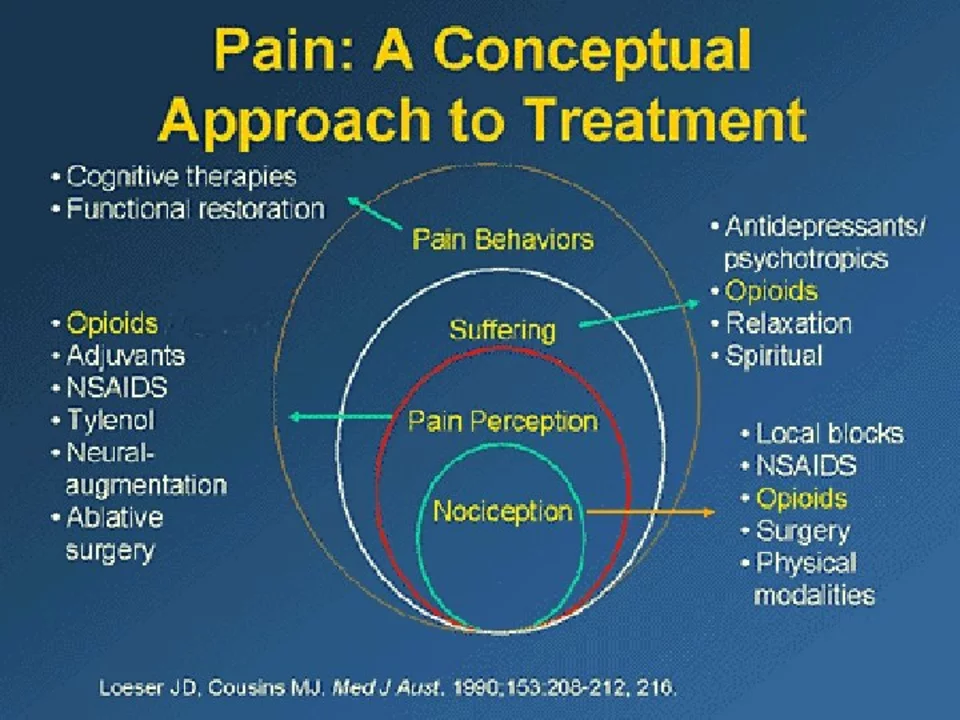Methocarbamol: a practical guide for muscle spasm relief
Woke up with a stiff neck or pulled a muscle at the gym? Methocarbamol is a common muscle relaxant doctors use to ease acute musculoskeletal pain and spasms. It doesn’t fix the injury itself, but it can lower muscle tightness so you can move, sleep, and start rehab or physical therapy more comfortably.
How methocarbamol works and how fast it helps
Methocarbamol works in the central nervous system to reduce muscle spasms and the painful signals that come with them. Most people notice relief within 30–60 minutes after a dose, and effects often last several hours. It’s meant for short-term use alongside rest, ice/heat, and targeted exercises or therapy.
How to take methocarbamol (practical dosing tips)
Follow your prescriber’s instructions. Typical adult dosing starts with a higher initial dose, then drops to a maintenance dose; a common pattern is an initial 1,500 mg dose followed by smaller doses every 4–6 hours as needed. Don’t exceed the daily limit your doctor sets—many recommend not going over about 8,000 mg in 24 hours. Take tablets with a little food if your stomach gets upset.
For older adults or people with liver or kidney issues, doctors often lower the dose. If you’re pregnant, breastfeeding, or have chronic medical problems, check with your prescriber before using methocarbamol.
Side effects, safety, and interactions
Common side effects include drowsiness, dizziness, lightheadedness, headache, and mild stomach upset. Because it can cause sedation, avoid alcohol and don’t drive or operate heavy machinery until you know how the drug affects you. Mixing methocarbamol with opioids, benzodiazepines, sleep meds, or heavy alcohol increases sedation and breathing risks—tell your doctor about all medicines you take.
Serious reactions are rare but possible: allergic reactions (rash, swelling, trouble breathing) or signs of severe liver trouble (yellowing skin or eyes). If you notice any worrying symptoms, stop the drug and get medical help right away.
Store methocarbamol at room temperature away from moisture and heat. Keep it out of reach of children. If you miss a dose, take it when you remember unless it’s almost time for the next dose—don’t double up.
If pain or spasms don’t improve in a few days, or if symptoms get worse, call your doctor. Methocarbamol helps with comfort so you can move and recover, but persistent or worsening pain can mean a different problem that needs a closer look.
Have questions about methocarbamol and your other medicines? Ask your pharmacist or prescriber. They can adjust the dose, check for interactions, and suggest safer options if needed.
As a blogger, I recently came across an interesting topic on Methocarbamol and its role in post-operative pain management. Methocarbamol is a muscle relaxant that helps alleviate muscle spasms and pain, making it a useful option for patients recovering from surgery. In my research, I found that this medication can be taken orally or intravenously, depending on the patient's needs and the severity of their pain. It is crucial for patients to discuss this option with their healthcare provider, as Methocarbamol may have potential side effects or interact with other medications they are taking. Overall, Methocarbamol can be an effective tool for managing post-operative pain and promoting a smoother recovery process.

